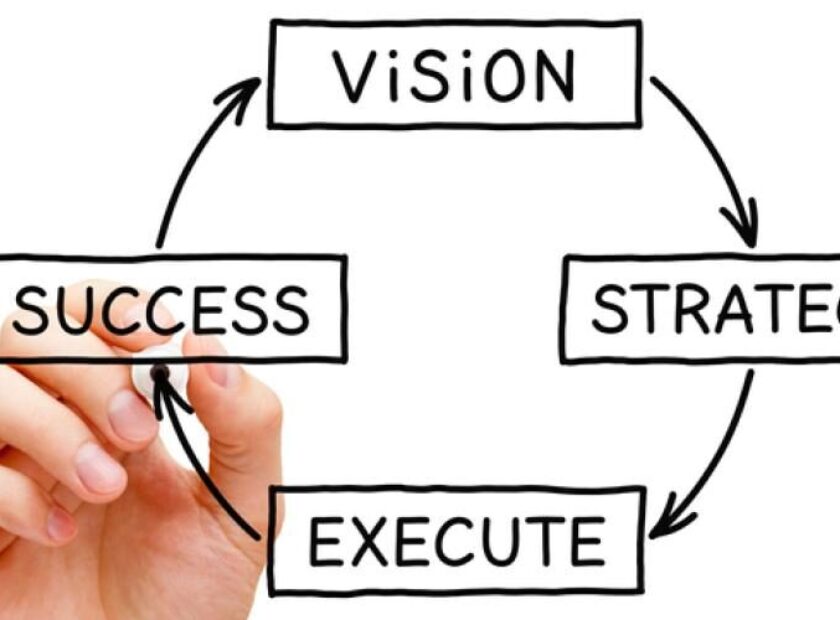In This Article: In this article, I cover essential exit planning strategies for business owners. Learn how to build a valuable, self-sustaining company by starting early, adopting a buyer’s perspective, and developing strong systems. We will also explore the personal side of exiting to help you define your legacy and provide actionable steps to start your journey.
Last week, our Exit Planning Panel explored a question that every business owner should be asking:
“If a buyer looked at your business tomorrow, would they see potential or dependency?”
That question gets to the heart of transferable value — building a company that thrives without you, one that’s sustainable, predictable, and scalable.
Start Early. Exit Planning is a Process, Not an Event.
The best exits begin years before the sale.
It starts with a clear-eyed assessment of your business — financials, leadership, customers, scalability — and alignment between your personal goals and your company’s strategy.
As I shared during our discussion,
“With time on your side, you can make disciplined changes that buyers notice and reward.”
Build a Business That Runs Without You.
Buyers pay premiums for companies with capable teams, strong systems, and recurring revenue.
Look at your business through a buyer’s eyes — what builds confidence, and what raises concern?
That shift in perspective helps transform your business from “I run everything” to “It runs because of the team and systems we’ve built.”
Define What’s Next.
Exiting is about more than money — it’s about legacy, identity, and what’s next.
When owners take the time to define what matters beyond liquidity, their transition becomes not an ending — but a new beginning.
As I often remind my clients:
“A great exit is about more than money; it’s about your legacy and what’s next.”
Ready to Begin?
If you’re starting to think about your future, here are three ways to take the first step:
📘 Download your free Exit Timeline & Resource Guide, a roadmap to prepare your company and yourself.
🧭 Take the free Transferable Value Assessment to see where you stand today.
💬 Let’s talk. As your Exit Coach, I’ll help you design the plan that turns your business into a legacy—and your exit into a launchpad.
Georganne Goldblum,
CEO of Coach4Execs, Exit & Executive Coach, Vistage Florida Chair
About Georganne


An MBA graduate from the renowned NYU Stern School of Business, her impact and influence in the industry are evident through the numerous accolades and awards she has received, including the prestigious Charles “Red” Scott Award. She has been recognized as one of the Most Influential Businesswomen in South Florida. Connect with her on LinkedIn.




